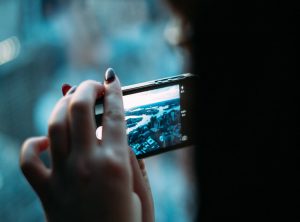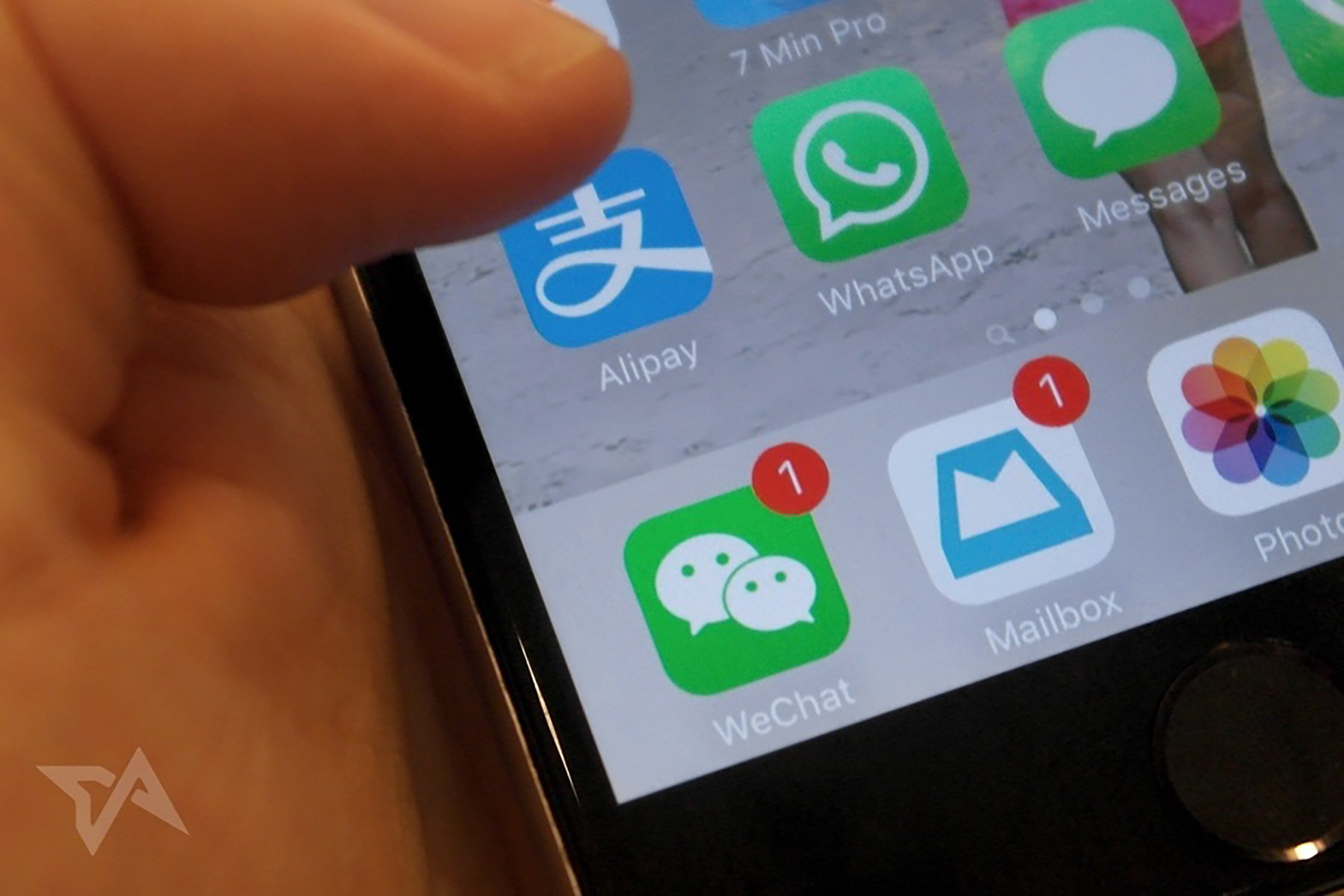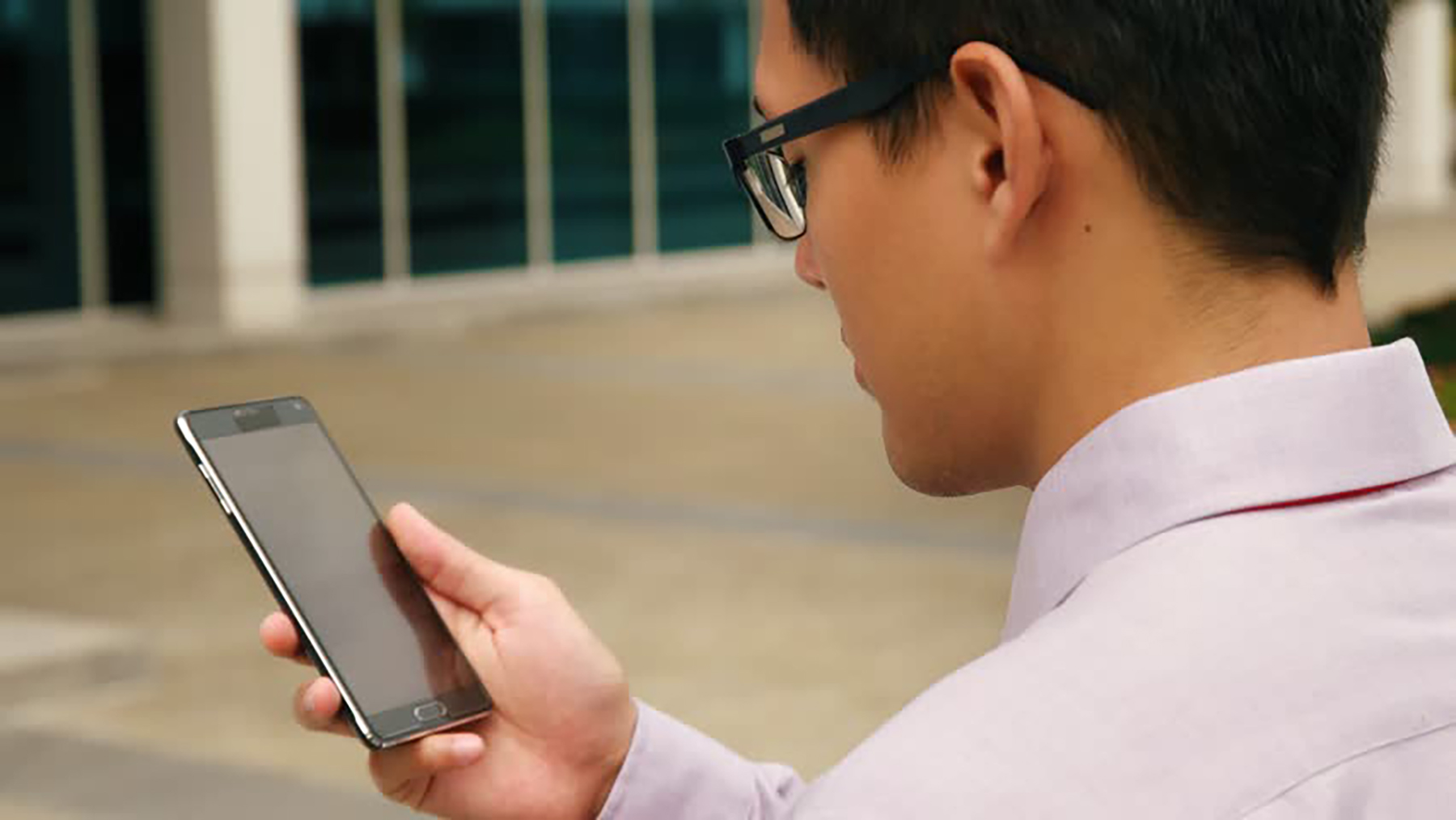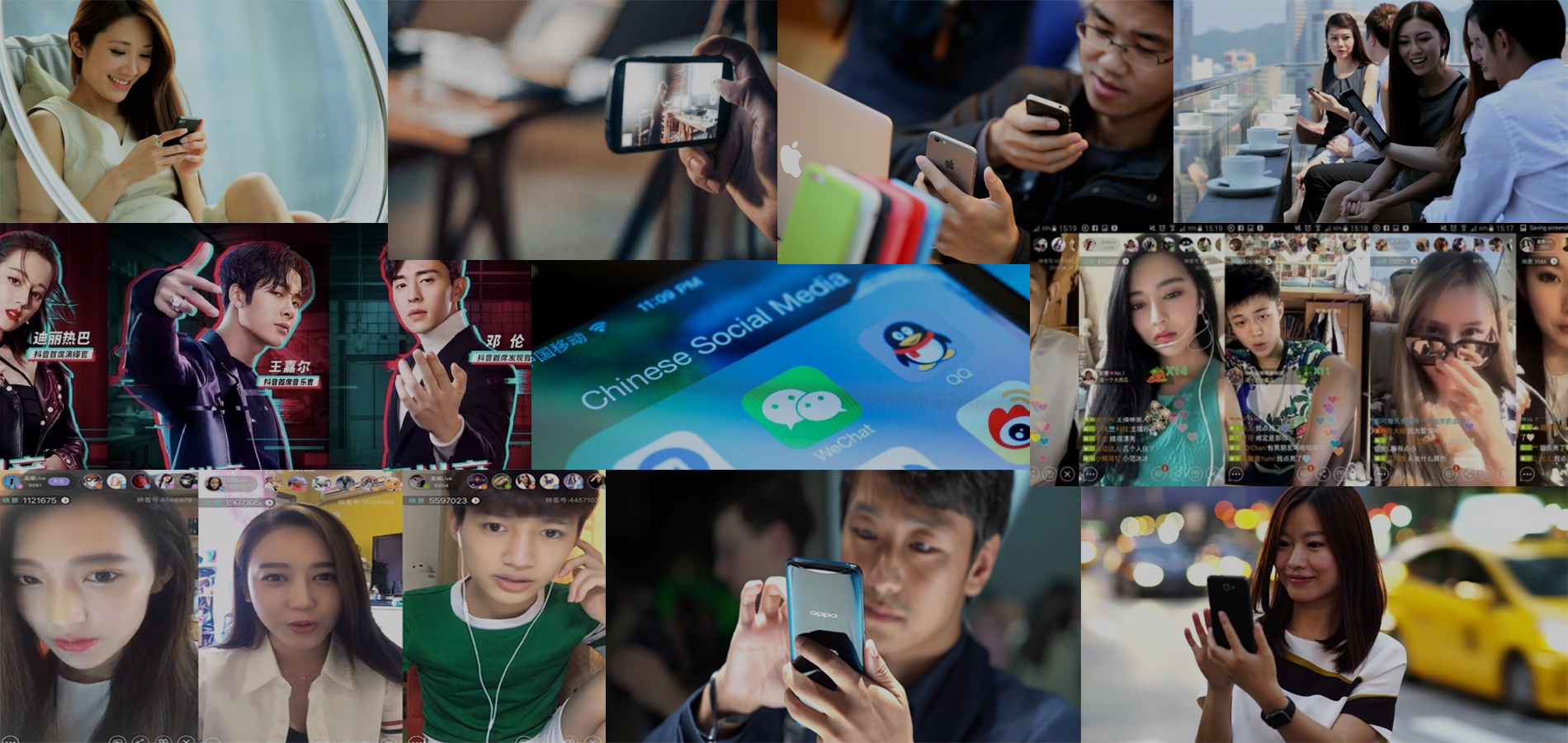China’s Live Streaming boom
As Snapchat and Instagram Stories take off in the West, China is having its own live streaming boom, with hundreds of platforms and 24 million daily active users getting in on the trend.
- A great opportunity for luxury marketers to sway holiday goers, by giving them a small taste of tourism without them even needing to leave home.
- Changing perceptions and focus of tourism accountable to the unique way of capturing different parts in the world, adding a sense of life and personalisation to the experience that a video or photograph would not be able to.
In fact even according to experts, live streaming is considered a step up from more typical forms of travel marketing because it gives users a chance to experience a tourism destination through more authentic means, as opposed to seeing pictures on a travel website and being disappointed when the place is not what they expected.
Why has Live Streaming become such a powerful tool?
Even before marketers began capitalizing on the trend, social media users have been tuning into the live broadcasts of individual influencers who take trips around China and around the world and document, for hours on end, what they eat, where they sightsee, and where they shop.
- People’s Daily reported over the summer that, according to industry data, users view live stream content for up to 135 minutes a day, and travel companies in China are eager to get a slice of this time.
- In fact even according to experts, live streaming is considered a step up from more typical forms of travel marketing because it gives users a chance to experience a tourism destination through more authentic means, as opposed to seeing pictures on a travel website and being disappointed when the place is not what they expected.
- “Live broadcasting an experience provides authenticity that other platforms cannot—there is no editing or photo-shopping, instead just a focus on the human reactions to the surroundings,” says Jeremy Webb, vice president and head of Social at Ogilvy China. “It also provides levels of detail that other platforms cannot—individual properties will often need to talk about features that make their property unique, while still within the standards of the brand they operate under.”
Ultimately, the value in this tool lies in its potential for luxury marketers to sway holiday goers, by giving them a small taste of tourism without them even needing to leave home, providing the perfect method to efficiently and effectively influence consumers.
Live Streaming, what to expect of it?
In terms of marketing opportunity, China has had an easier time, as opposed to the United States where bigger main social media players like Twitter and Facebook rake in all the attention.
Unfortunately this trend is likely to change in 2017 with tighter government regulation and demand to monetize, making it harder for smaller platforms to survive in China.
- According to Webb, in turn we should expect more consolidation and sophistication from the surviving platforms
- Webb said he expects to see more international hotel brands in China capitalizing on live-streaming audiences, but as the platforms grow in sophistication, travel marketers will need to as well: “Gone are the times of ‘quick wins’ — i.e., winning by just showing up.”
Who has been taking advantage of this trend?
Though it is mainly local tourism companies that have been taking advantage of live streaming’s surge in popularity, there has been one notable international travel brand among the mix. Hilton Hotels and Resorts was one of the first international tourism companies to use live streaming for a major travel campaign in China.
- In October, the hotel group chose to showcase its family-friendliness by teaming up with Chinese KOLs during the National Holiday and asking them to film themselves and their families enjoying Hilton’s activities at its properties around the country.
- They also offered lucky draws to followers for free stays and restaurant discounts.
- Instead of a centrally-managed marketing campaign, Hilton let each of its hotels in individual cities around China work with their own influencers and their respective live-stream apps to ensure that its marketing efforts were targeted and reflected the uniqueness of each property.
International luxury travel brands should quickly take advantage of the low usage of this trend among competitor as gaining notoriety and reputation will become a major selling point in the future among a growing expanse of competitors, as proven in the past by Facebook and Youtube, two of the most influential players in their respective industries.
If you enjoyed reading this and would like to read more marketing related content, feel free to take a look at our Chinese Marketing Case Studies Library!








